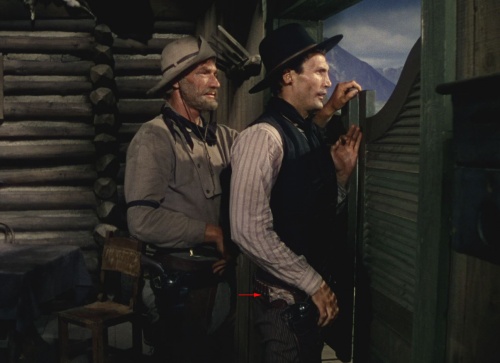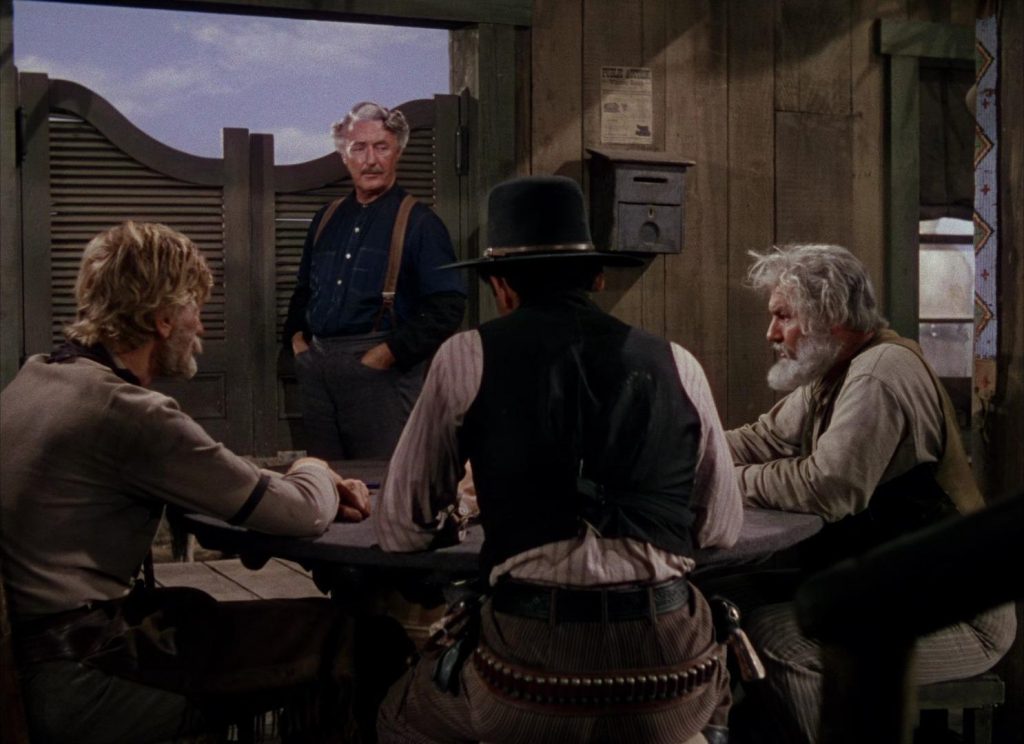Shane (1953) is a landmark Western film directed by George Stevens, starring Alan Ladd as Shane, a mysterious gunslinger seeking peace in the Wyoming frontier. The story revolves around Shane’s arrival at the homestead of the Starrett family, where he is warmly welcomed by Joe Starrett (Van Heflin), his wife Marian (Jean Arthur), and their son Joey (Brandon deWilde). Shane becomes a farmhand, helping the Starretts, but trouble brews when ruthless cattle baron Rufus Ryker (Emile Meyer) seeks to drive the homesteaders off their land. Shane is reluctantly drawn into the conflict, setting up a tale of sacrifice, heroism, and justice.
As tensions rise, Ryker hires a notorious gunslinger, Jack Wilson (Jack Palance), to intimidate the settlers. Shane’s peaceful demeanor is tested as he struggles between his desire to leave his violent past behind and his responsibility to protect the Starretts and their community. The film highlights Shane’s bond with young Joey, who idolizes him, and Marian, who is drawn to his courage and integrity, creating subtle emotional undercurrents in the story.

The film’s dramatic climax occurs when Shane takes on Wilson and Ryker in a deadly showdown to secure the settlers’ future. Knowing his presence could threaten the peace, Shane chooses to leave, delivering the iconic farewell, “Joey, there’s no living with a killing.” His departure leaves a lasting impression on the Starrett family and the audience, emphasizing the themes of moral responsibility and the personal cost of violence.

Shane is celebrated for its rich cinematography, compelling characters, and powerful storytelling. It redefined the Western genre, portraying a reluctant hero with depth and vulnerability. The film earned six Academy Award nominations, including Best Picture, and remains a timeless classic that continues to influence Western films and modern storytelling.

